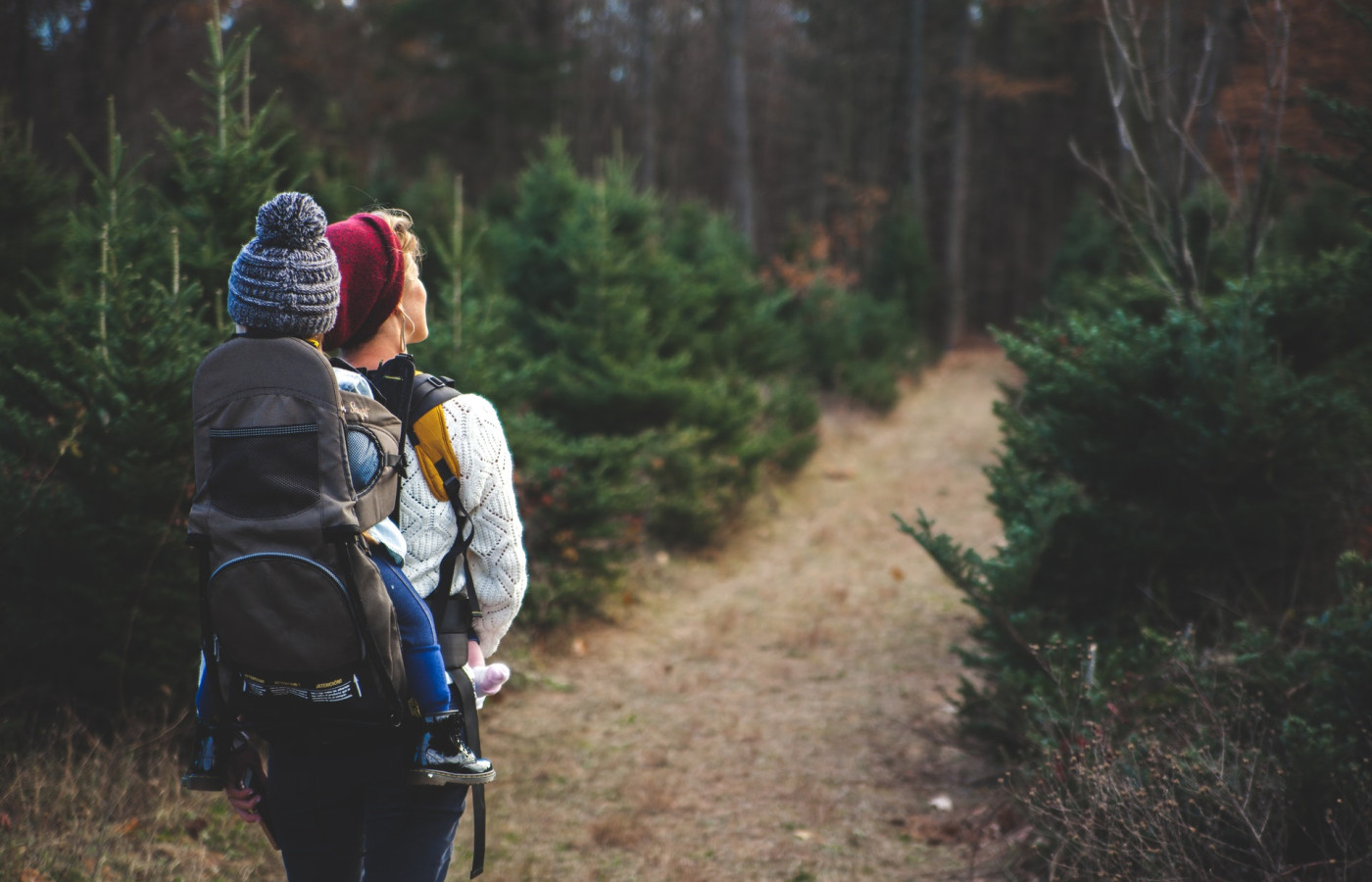Walking with baby

Walking with baby
Supporting joint attention with your young child
Materials Required
- No additional materials needed... just you!
Play experience profile
-
Age:
-
Min Playtime5-minutes
-
Skills
-
Energy LevelRoutine Times
-
Messiness Rating
-
EYLF Outcomes
Play Experience Preparation
This experience is adaptable to so many settings, it could be done whilst going for a walk, during tummy time, doing the groceries and during routine times such as feeding and nappy changes - any time where you are able to be face to face with your child.Experience Steps
- As you walk, talk to your child about what you can see around you. If you see something of interest turn your head and look, describing what you see e.g. "look, a garbage truck!" or "look, a plane" (be sure to name the object whilst you are looking at it)
- Look back to your child to see if they are looking in the same direction as you, then turn your head and look back to the object.
- Use your affect - making a surprised, smiling face, to grab your infant's attention
- Reciprocate this with your child by watching your child's gaze or point and describing what you see.

What to talk about, or questions to ask during the experience
- Look! Wow!
- Name the object e.g. car, plane, truck, dog, cat, flower, ball etc.
- Describe the object e.g. big red truck, little white dog etc.
Build on this...
- Reading books with your baby pointing to and naming what is depicted
- During tummy time, watch your child's gaze and body language to interpret which items your child might be interested in. Look at the item, point and name it, pausing for a response, before passing it to your child.
WHO guidelines for physical activity and sedentary behaviour
Provide evidence-based public health recommendations for children, adolescents and adults on physical activity.
Learn more
Provide evidence-based public health recommendations for children, adolescents and adults on physical activity. Learn more
Try initiating joint attention during tummy time to incorporate more physical activity into this experience.
EYLF Outcomes
The Early Years Learning Framework has been designed for use by early childhood educators working in partnership with families, children’s first and most influential educators.
View PDF
The Early Years Learning Framework has been designed for use by early childhood educators working in partnership with families, children’s first and most influential educators. View PDF
- Children become strong in their social and emotional wellbeing
- Children interact verbally and non-verbally with others for a range of purposes
EYLF Principle
Principle 1: Secure, respectful and reciprocal relationships. Through a widening network of secure relationships, children develop confidence and feel respected and valued.
EYLF Practice
Practice: Responsiveness to children. Responsive learning relationships are strengthened as educators and children learn together and share decisions, respect and trust. Responsiveness enables educators to respectfully enter children’s play and ongoing projects, stimulate their thinking and enrich their learning.
Author:


